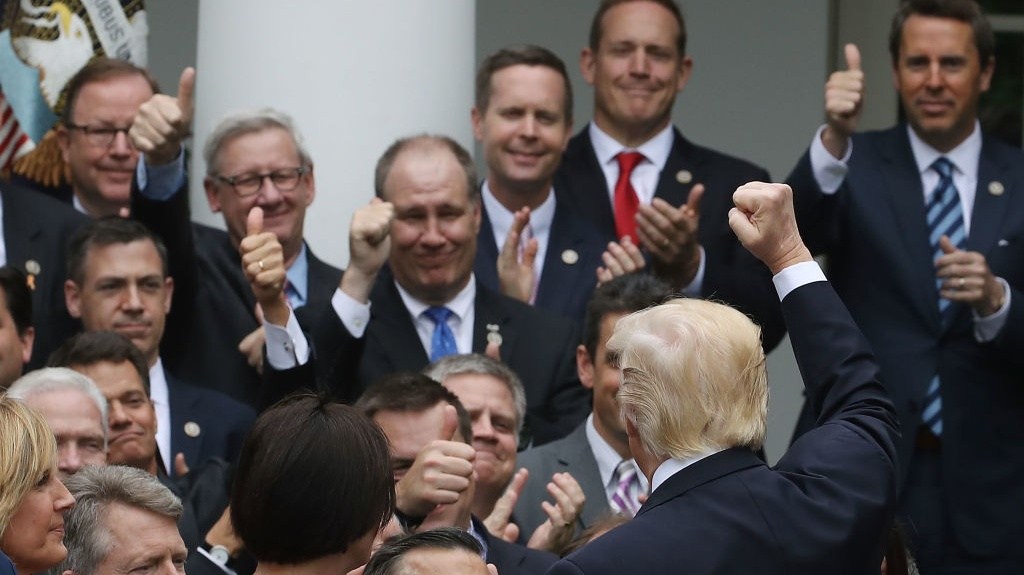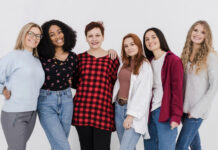
Hong Kong, which roughly translates to “Fragrant Harbor” in Cantonese, is a Special Administrative Region (SAR) of the People’s Republic of China. The government is unitary, which means towns and cities are not recognized as subsidiary administrative units. Up until 1997, Victoria was considered the capital of Hong Kong. However, due to its unique status as a SAR, many countries consider Beijing (the capital of China) as the capital.
Located on the coast of the South China Sea, Hong Kong is a city of seven million people. It is known for its colorful history, expansive skyline, deep transition harbor and vivid cultural diversity.
Hong Kong bills itself as Asia’s World City. And with good reason. It is a major trade and financial hub and enjoys strong political and legal independence. It is regarded as an Aplha+ city and was ranked fifth in the Global Cities Index of 2014.
Culture
Perhaps the most striking aspect of Hong Kong’s lively culture is its distinct East-Meets-West undertone. Close to 94 percent of its seven million people are of Chinese ethnicity. But, since Hong Kong was a British colony till 1997 (before being officially transferred to China), it still retains much of that British influence and culture. And the result is a culture that has a unique
Apart from the sizable Chinese group, Hong Kong has significant representation from the people of India, Nepal and Pakistan. A large number of Thais, Indonesians and Filipinos also live in Hong Kong, a majority among whom are employed as domestic help. Owing to its status of a global trade and financial hub, the city also has a statistically significant population of Australians, North Americans, Europeans and the Japanese.
Whatever their ethnicity, the people of Hong Kong are known for their strong ethics and well-behaved demeanor. These are knowledgeable and hardworking people who may come across as a little reserved. But that’s only until you strike a conversation. You’ll then see that the people of Hong Kong are friendly, and especially great with children.
Explore
Hong Kong is known for its tall buildings and one-of-kind activities for tourists. The most popular attractions include:
- Victoria Peak Tower: Commonly called just “The Peak”, the tower is stylish, entertaining and thrilling to say the least. It is home to The Sky Terrace – city’s highest 360-degree viewing platform, among other fascinating things.
- Ozone Bar, Ritz Carlton: The highest bar in the world, Ozone sits on the 118th floor of the building and offers unmissable views of the vibrant city.
- Hong Kong Convention and Exhibition Center: The building is one of the most stunning pieces of architecture in Hong Kong. If you have watched the Jackie Chan-starrer New Police Story, you may remember the center from the epic finale of the movie. When there, be sure to visit the Golden Bauhinia Square as well.
In addition, Hong Kong’s local markets, temples and gardens offer great experiences that are characteristic of Hong Kong. Popular attractions include:
- Local Markets – Temple Street Night Market and Cat Street for jade, antiques and bric-a-brac; Ladies’ Market for inexpensive souvenirs and Stanley Market for the more premium ones. The Fa Yuen Street Market and Jade Market for some authentic Hong Kong-style shopping.
- Temples – The Big Buddha and Wong Tai Sin Temple are two of Hong Kong’s most popular destinations for tourists who would like to make prayers while in the city.
- Gardens – Nan Lian and Chi Lin Nunnery, two spectacular gardens right in the middle of soaring skyscrapers are ideal for some peaceful reflection and introspection. The Hong Kong Wet Land Park, though not technically a garden, is another calm and serene destination that will get you thinking.
Cuisine
Hong Kong holds the much-deserved title of “World’s Fair of Food” and “Gourmet Paradise” and it spoils you for choice. The city’s unique east-meets-west style reflects in its cuisine as well and you can see popular global fast food joints or hot pot and dim sum restaurants flourishing alongside traditional Chinese Haute Cuisine establishments as well.
This makes it a good place to eat for both – travelers who want to experience the traditional Chinese cuisines and those that are homesick and have had enough of the Chinese food. It is also a good place to eat for travels who want premium dining experience. Four among the world’s best 100 restaurants are in Hong Kong, as per the Restaurant Magazine. And you can easily use the Michelin Guide or Open Rice to find and locate other great places to eat.
Activities
Apart from sightseeing, Hong Kong excels in offering a multitude of activities for travelers of all tastes. These include shopping, clubbing, hiking, trailing and even gambling. Among other things, Hong Kong is a shopper’s paradise.
Shops in the city are marked by zero VAT, zero sales tax and fierce competition, which make it easier for shoppers to find quality items. However, don’t expect the costs to be cheap everywhere and be ready to put up your fiercest bargain if you want cheap shopping. Mong Kok in Kowloon is the major shopping district in the city. Shopping malls are abundant in the city and the most popular ones include Landmark, City Plaza, IFC Mall, Pacific Place, APM, Festival Walk and Times Square.
Transportation
Hong Kong boasts a highly-developed transportation network, both internally and externally. It is well connected with all the major cities and countries in the world. The Hong Kong International Airport, which has been labeled the “World’s Best Airport” eight times by Skytrax, connects Hong Kong to all major cities in North America and Europe with one daily flight at least. Flights to and from Asia and Oceania are also frequent.
Getting into Hong Kong is also possible via helicopters and ferries, especially if you’re traveling from mainland China. Cruise ships from Singapore, Thailand, Malaysia and Vietnam are another way to get into Hong Kong.
While in Hong Kong, you will find a sophisticated mix of (private and public) rail, road and air transport to get around. These include the Mass Transit Railway (MTR), tramways, funicular or cliff railways, franchised buses, light public buses, taxis, ferries and aerial lift transports such as cable cars. You can also rent a car or a bike to get around.
MTR is the fastest and easiest way to get around. Taxis are another good option. Compared to other cities around the world, taxis in Hong Kong are easy to find and ride. They are also significantly cheaper. You can use the Octopus Card, which is a prepaid debit card the people of Hong Kong use to pay for services such as public transport and car parking. It can also be used in supermarkets, restaurants, convenience stores and the like. You will get discounted rates when using the Card for public transport.
Essentials
You will need a passport and visa to get in Hong Kong, even if you are entering via mainland China. You can apply for a visa at the Chinese embassy or at Hong Kong’s Immigration Department. Details of the entry requirement can be found at the Immigration Department’s website as well.
The official currency of the city is the Hong Kong dollar (HKD), denoted by “$”. So if you see a dollar sign, consider it HKD and not USD. Prices listed in US dollars have the “USD $” sign before them. The standard exchange rate is USD1 = HKD0.80 but banks may offer some slight variations. And airports as well as hotels will offer the least competitive exchange rates of all.
The best place to exchange large amounts is banks and to exchange small amounts is an independent exchange shop. Such shops abound in the tourist places and do not charge the fixed commission as banks do. However, use these shops well within the banking hours to get the best rates. If you have accounts with the HSBC, Standard Chartered or Hang Seng, you may safely and profitably use your ATM debit card instead.



































